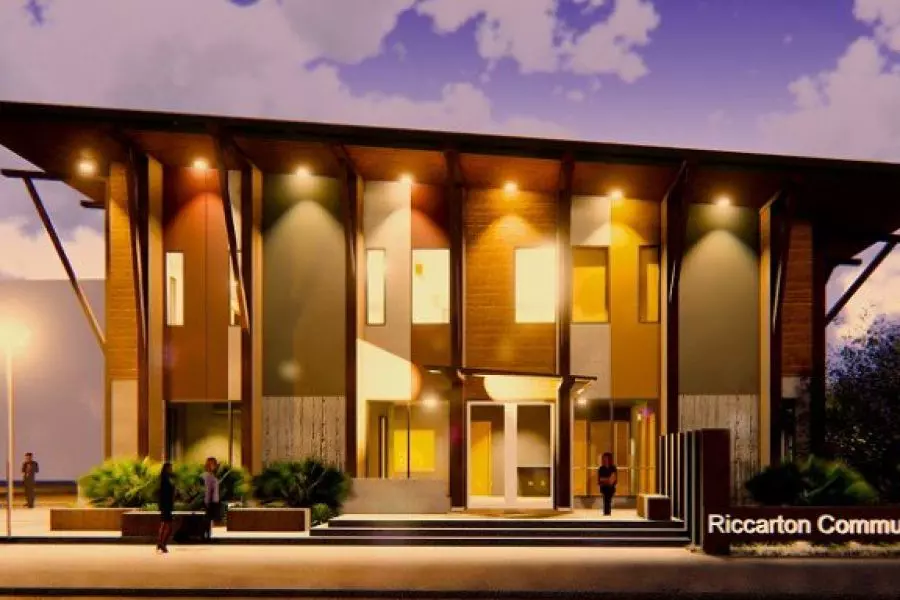
News
Garden City gears up

Monday 4th of March 2019
Due to the earthquakes Christchurch isn’t operating on the same property cycle as the rest of the country, so while many markets have hit their peak, the Christchurch market is on a unique trajectory.
It’s an important distinction to make, says Braziers Property Management’s Tony Brazier, because if investors are investing cyclically, they need to know where Christchur...
Want to read the full article?
Click the button below to subscribe and will have unlimited access to full article and all other articles on the site.
8 min read
10 min read





![[The Wrap] Bye Bye Bayly](https://goodreturns.publit.io/file/c_fill,w_900,h_600/39f23ac1-f7c7-4854-b700-a150004ebbac.webp)


